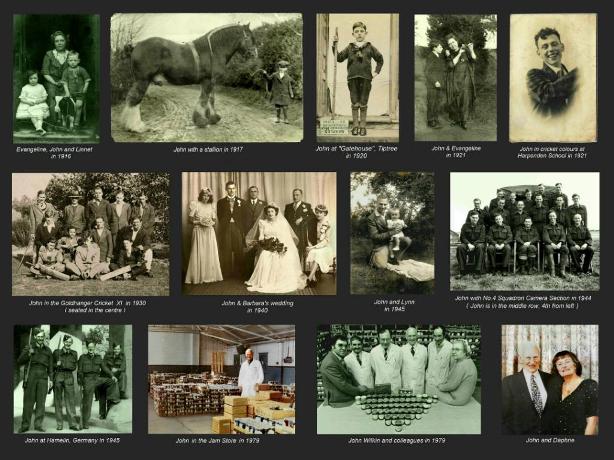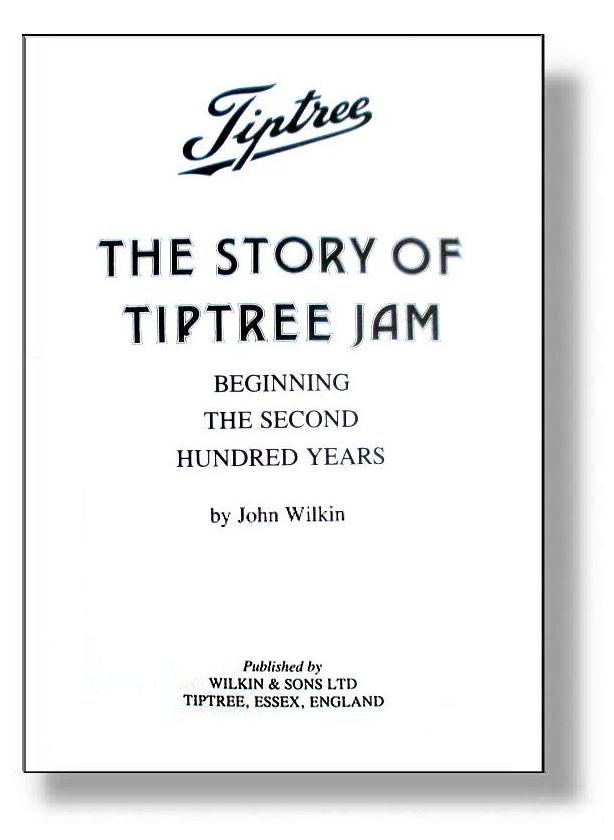1911 – 2006
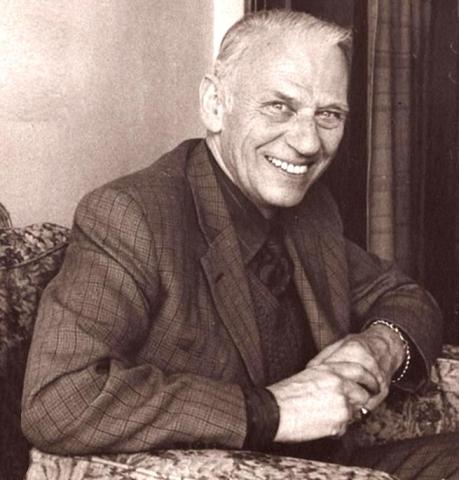
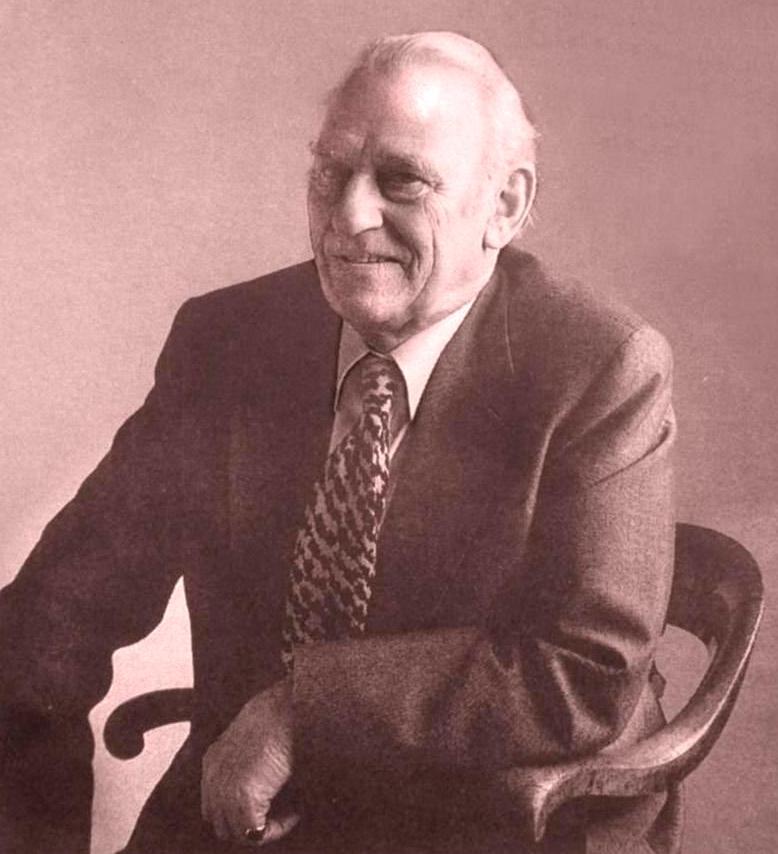
John spent most of his live at Bounds Farm
in Goldhanger. He was born into family firm Wilkin
and Sons of Tiptree. He became its Chairman and was known within the
company as ‘Mr John’ and was the grandson of the Company founder, Arthur
Wilkin. His father was Stanley Wilkin (1874 – 1946)
who also spent a large part of his life at Bounds Farm. Here is a brief summary
of John’s very full life with links to more details...
o John was brought up by his
father and mother, Stanley and Evangelene Wilkin,
initially at Tiptree
o the family moved to Bounds farm, Goldhanger in 1924, which is where
John spent most of the rest of his life
o He was brought up with
heavy horses and from a very early age helped take them to the blacksmiths for shoeing
o John played the organ at
the Goldhanger Wesleyan Chapel when his
father was the preacher
o He also played in the village brass band which was based in
the Chapel
o He was a member of the Goldhanger cricket team for many years
o John was also keen on
boxing and hosted a boxing club at Bounds Farm
o On one occasion the Club
took on the Army boxing club at Colchester and won
o He joined the RAF at the
beginning of WW-2 and served in airborne Camera Section
o in 1940 he married Barbara
Page whose parents lived at Thatch
End in Fish Street
o Towards the end of the war
John was asked to go to Belsen prison camp as an observer
o At the end of the war and
on the death of his father John was appointed Factory Manager and later the
Director
o In the 1950-60s he was a
member of Goldhanger Parish Council
o John was a keen dingy
sailor and provided the land on which the Goldhanger
Sailing Club is based
o John was also a sports car
enthusiast and for many years drive his red open top MG from Bounds Farm to
Tiptree
o In 1983, with Johns help Maura Benham wrote.. The Story of
the Chapel in Goldhanger
o In 1985 John again helped
Maura Benham to write.. The Story of Tiptree Jam, the First
Hundred Years
o After John retired in the
late 1980s he and Daphne created the Wilkin Museum at
Tiptree
o In 1995 John himself
wrote... The Story of Tiptree Jam – Beginning the Second
Hundred years
o In later life John also
took up painting as a hobby and submitted some of his work
at Goldhanger Art Shows
here are
some images from John's life...
select
for a high definition version and then zoom in
________________________________
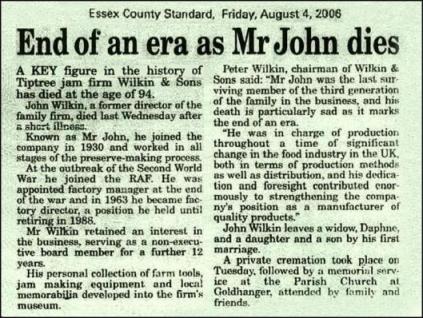
____________________________
Part
of An Appreciation of the Life of
JOHN
SWINBORNE WILKIN
written
by Martyn Woodland
and
given at John's Memorial Service at St. Peter's Church, Goldhanger
on
Tuesday, 1st August 2006
John Wilkin - or Mr John as he was and still is
affectionately known by many -was a man that I am very grateful and proud to
have known. He was unique, and a very special person, as I indeed discovered
when we first met about 25 years ago.
• John was a true 'people-person' long before the
term had been coined and what is more, it was real and not artificial - indeed
the only artificial things about John were his knees - which although he joked
about, did give him quite a lot of trouble in his later years.
• John came into the world on a Wednesday in 1911 -
just an ordinary day. but a day that saw the beginnings of an extraordinary
man. To put the length of John's life into perspective he was two years old
when Henry Ford invented the assembly line.
• His parents, Stanley and Evangeline, were both
very loving and caring people and John's own stories of those early days were
always happy and filled with the love that the family shared. John was, of
course, a child during the First World War, and then he spent much of the
1920's at boarding school. But by the time the Second World War came about he
was in his late 20's and love was about to blossom in the shape of Miss Barbara
Page. Barbara had come down to Goldhanger from London with her mother to escape
the bombing. She was full of life and was also a very determined young woman
because when she saw John she calmly announced to her mother that she was going
to marry him! - John was unaware of this at the time! Anyway, they evidently
went sailing a couple of times and I remember John telling us (with that
twinkle in his eye) that 'she looked alright" and they married in 1940.
Incidentally that was the year that Nylons first came onto the market and,
knowing John, I bet that he found her some from somewhere!
• Barbara didn't see much of her husband during the
war because John was in the RAF doing his duty as an instrument technician. He
installed reconnaissance cameras in aircraft and then repaired them after they
had been damaged in action. This of course took him very much into the firing
line because he would always be working on airfields that were enemy targets,
and he suffered many terrible experiences during the many bombing raids that he
had to endure. John nevertheless enjoyed the technical side of the work - he
always had an aptitude for all things mechanical and after the war he used to
repair watches and clocks as a hobby. However, I have heard - from a reliable
source - that he could also be a bit clumsy about the house and therefore
occasionally spent time repairing broken china objects - but with his
characteristically endless patience and desire to do a professional job.
• John was deeply affected by the war and in
particular by the sights he witnessed at the Belsen Camp. He was invited to go
to the camp as a witness to the horrors by the Americans who liberated it. He
was very reluctant, but eventually he did go because, as he put it "I felt
I owed it to the world to look and tell what I sow".
• After a while he took a seat on the board.
However, he wasn't an armchair director. Jam production and shift-work go
together because ripe fruit won't wait, and Wilkin and Sons products have to be
'top notch'. John was right there, working shifts as well as the production
staff. John's natural empathy meant that he was driven to work alongside his
staff simply because he "wouldn't ask them to do anything that 1 wouldn't
do". This was the time when he became known as Mr John, with great and
very real affection by all who worked at the factory. His love for Barbara and
his children - and his dog Larry - was constant and unfailing and both Robert
and Lynn have many fond memories of John taking them sailing (although there is
a story there for later) and reading them bedtime stories that were often from
Alice in Wonderland and Alice Through the Looking Glass - two books that John
loved and could quote from extensively right through into his later years.
• Time went on and Robert and Lynn grew up. But then, in 1973 Barbara tragically passed
away.
• However, life has many strange twists and turns,
and there was another family suffering a similar tragedy in that Daphne had
just lost her husband Clifford - and Jane and Frances had ... lost their
father. Of course, neither family was aware of the other until fate, and a long
story that we don't have time for now, brought John and Daphne together.
• John and Daphne were married in 1975. and I know
that each of them thought they were the luckiest person dive to have found the
other. So we now have a mother and a father married and each with a stepfamily.
Ordinarily that would seem to be a recipe for complete disaster but not with
John at the head. His steadfast and even-handed approach and love for everyone
of them has enabled he and Daphne to forge a large mutually supportive family
that is a credit to both of them.
• I know that throughout their marriage Daphne saw
John as her "steadying and levelling" influence. John was
ultra-reliable and always the 'perfect gentleman' and Daphne was attracted to
him because he wasn't the typical 'go-getter'. On the other hand, John loved,
and to some extent needed, the 'get up and go' that Daphne brought to their
marriage, and the development of the museum – which was created from old photos
and documents and redundant machinery that John had collected over 50 years -
is a perfect illustration of what can be achieved when two people complement
each other in character.
• John lived his first 12 years in Tiptree but then
spent the following 82 in Goldhanger. He was always a staunch supporter of
local village life - for example he loved cricket and was a member of the
Goldhanger team for a number of years. He was also president of the sailing
club for a long time although his sailing prowess was somewhat questionable as
I alluded to earlier. Robert and Lynn both bear witness to that since they were
tipped out of John's boat into the river by accident when they were children
and had to walk a long way over the salt marshes home. Isn't it strange how
something so utterly miserable at the time can become such a fond memory later
on?!
• John was what they call an 'incurable romantic' -
although why anyone would want to cure somebody of that is totally beyond me -
and he always supported Daphne in any way he could. He even went to choral
concerts when his own love of music centred on Jazz. He was the kind of man who
left poems in odd places for his wife to find ... and flowers on her pillow.
John lived a long life that was filled with a
combination of love and hard work. Indeed he was so committed to the factory,
and the people in it. that he actually retired in three stages! Each stage
relinquishing a particular Job or area of responsibility. He finally retired
completely when he was 90 and lived out his last years in the house he had
known and loved as home for 82 years.
The Museum at Tiptree
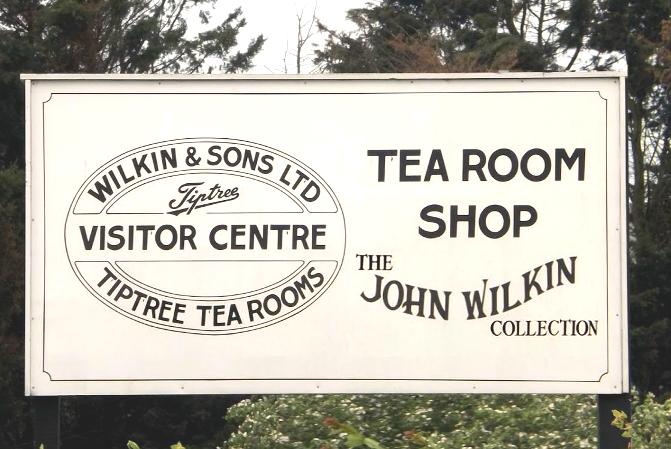


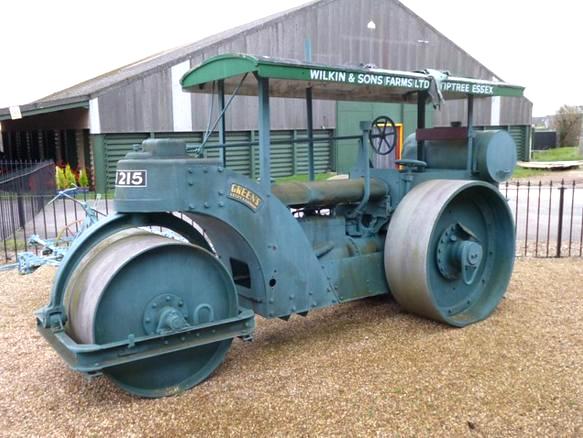


for more about the museum see... www.tiptree.com/museum
John’s paintings
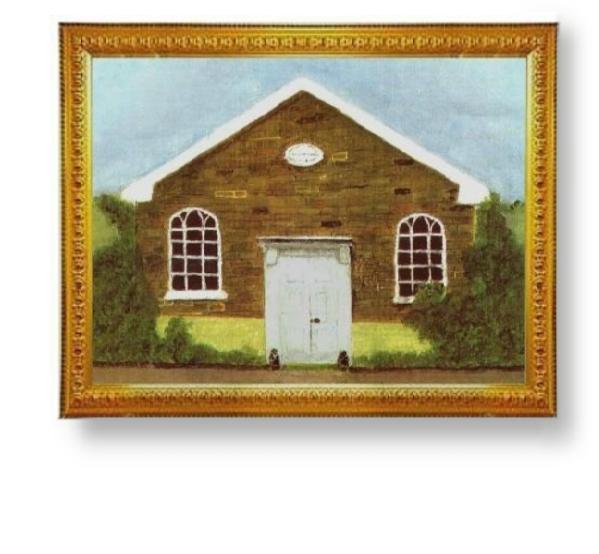
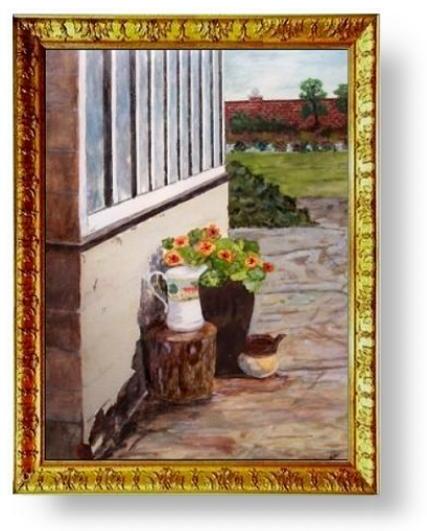
“The
Wesleyan Chapel”
“Gardener’s Corner” “Bounds
Farm”
____________________________
|
In 1983 Maura Benham wrote…The Story of the Chapel in
Goldhanger The
12-page booklet was produced with the help of John Wilkin, who had been very
involved with the chapel in his youth. The
text of booklet is available at… Story of the Chapel
in Goldhanger which
includes... This
story is compiled mainly from the records and memories of Mr Arthur Powell of
Tiptree, Mr John Wilkin of Goldhanger, reminiscences of Goldhanger people,
and... ...John, played the organ for 16 years and has many memories of the chapel services... A copy is in the Goldhanger paper archives. |
|
|||||
|
|
In 1985 Maura Benham published… The Story of Tiptree Jam,
the First Hundred Years In the Acknowledgments
Maura wrote... This
booklet could not have been written without the drive and enthusiasm of Mr J.
S. Wilkin who knows the story well and loves it. He provided most of the
source material and worked with me on the production. Together with his wife
Daphne he sorted out the firm's vast collection of photographs and other
records from which we have selected most of the illustrations. Extracts
from the book are at... The Story of Tiptree Jam Copies
are in local libraries. The
book has this photo of the Directors at the time with has John and Daphne in
the middle... |
|
||||
|
||||||
|
|
In 1995 John wrote... The
Story of Tiptree Jam – Beginning the Second Hundred years This 6 page booklet was a sequel to The Story of Tiptree Jam, the First
Hundred Years written by Maura Benham and John in 1985. It was written by
John just before he retired from the position of Chairman of the company. A copy of the booklet is in the
Goldhanger paper archives. These are extracts from the booklet... |
|||||
|
The first edition of the story of Tiptree jam, "THE FIRST
100 YEARS", proved to be of great interest to a large number of people
and has sold out. I am delighted to be able to write of the continuing
changes which have taken place at Tiptree, since the beginning of 1985. That momentous year in the history of the company, in addition
to reaching one hundred years of jam making, gave an opportunity for much
rejoicing: Early in the year saw the culmination of a project that I had kept
in mind for almost fifty years. Old papers, pictures and files, together with
tools and machinery, had been kept. Stored away in all sorts of corners, and
jealously guarded in the hope that one day, they could be brought together
and displayed, in the form of an historical museum showing the development of
the company since its inception. On February 7th the grand opening took place. After some
exciting and frantic weeks of very hard work, the photographs, documents, and
machinery were brought together and displayed by my wife, Daphne, ably
assisted by Mrs S M Wilkin. I acted as sponsor and adviser. Journalists from
several food magazines and papers were invited to the opening. At last a part
of our history was safe. |
||||||
|
CONCLUSIONS In a relay race, as each participant finishes their part, the baton
is handed on and eagerly taken by others. Likewise, this can be applied to
carrying on the business venture begun long ago, by a man who had it in his
nature to always keep his standards high, and in no circumstances use, as he
was fond of quoting:- “No foreign gums nor essence fetched from far No volatile spirits nor compounds that are adulterate, but at nature's cheap expense With far more genuine sweets refresh the sense" |
|
|||||
|
May the company never depart from these splendid principles
which have been its foundation, and not be diverted at any time purely for
financial gain. "Mr John" ACKNOWLEDGEMENTS I cannot complete
my contribution to this, the continuing story of the company, without saying
thank you to Mr P Holmes and others for their help in supplying me with much
information about the "goings on" as and when they occurred. This
has made my story much more accurate and interesting than it otherwise might
have been. In conclusion,
my heartfelt thanks go to my long-suffering wife Daphne, who has given me
help and encouragement in a million ways. John Wilkin |
||||||
____________________________
top Local characters from the past home
